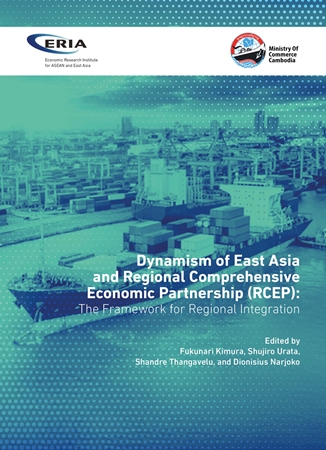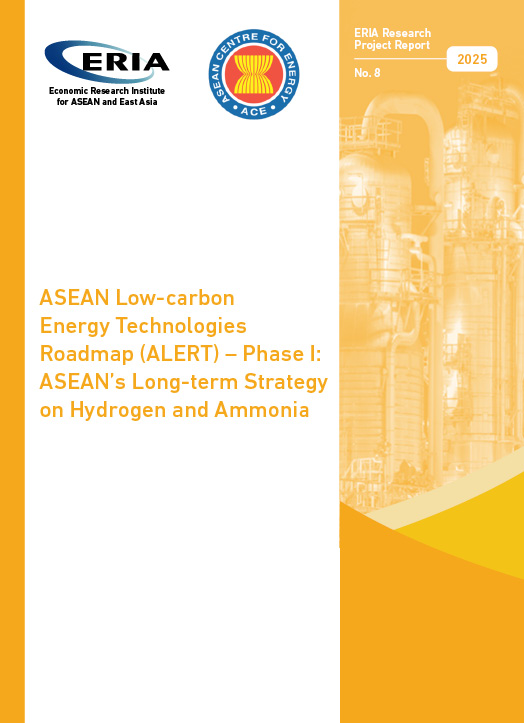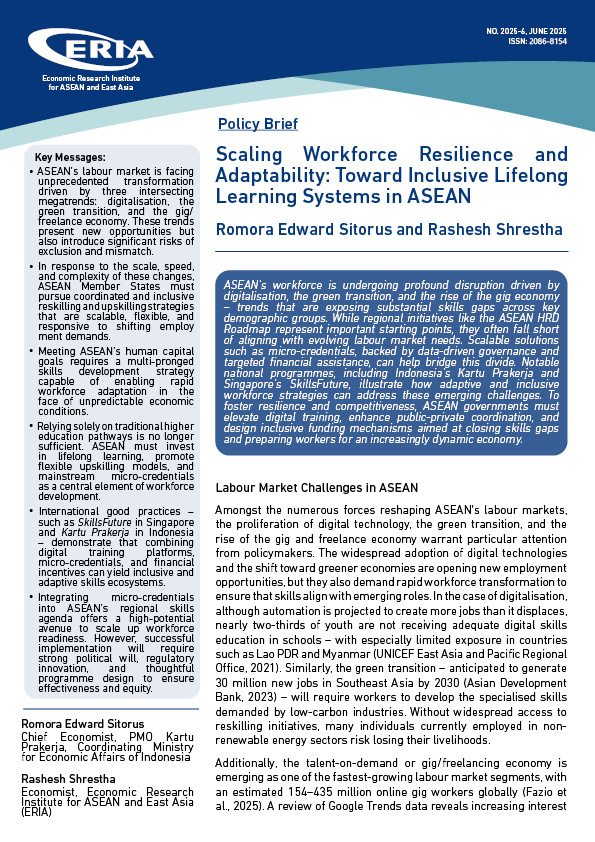Dynamism of East Asia and RCEP: The Framework for Regional Integration

Print Article:
Recent research conducted by the Economic Research Institute for ASEAN and East Asia (ERIA) on the Regional Comprehensive Economic Partnership (RCEP) details the structure of RCEP in terms of the complexity of its commitments, modalities, and mechanisms. It also explores RCEP’s potential implications regarding the integration process in the region and how key features can strengthen domestic and regional integration. The impact of businesses, behind-the-border issues, and domestic capacities of RCEP member countries are also discussed, in addition to potential benefits of the agreement. Finally, it addresses emerging issues, especially with respect to COVID-19 pandemic recovery.
This second book, Dynamism of East Asia and Regional Comprehensive Economic Partnership (RCEP): The Framework for Regional Integration, addresses selected questions regarding trade in goods, trade in services, investment, and economic cooperation. Although these are more technical in nature, it is important for both the private and public sectors to understand RCEP’s position vis-à-vis other agreements, including the Comprehensive and Progressive Agreement for Trans-Pacific Partnership (CPTPP). Chapters highlight key policy issues to increase the impact of a regional free trade agreement, such as RCEP, on domestic and regional integration.
Full Report
Dynamism of East Asia and RCEP: The Framework for Regional Integration
Contents
Chapter 1: The Regional Comprehensive Economic Partnership: Challenges and Opportunities for ASEAN and East Asia
Fukunari Kimura, Shujiro Urata, Shandre Thangavelu, and Dionisius Narjoko
Chapter 2: How Preferential are RCEP Tariffs?
Kazunobu Hayakawa
Chapter 3: Restrictiveness of RCEP Rules of Origin: Implications for Global Value Chains in East Asia
Archanun Kohpaiboon and Juthathip Jongwanich
Chapter 4: Trade Facilitation in RCEP Countries
Wenxiao Wang and Shandre Thangavelu
Chapter 5: RCEP and Modern Services
Christopher Findlay, Xianjia Ye, and Hein Roelfsema
Chapter 7: Traditional Services Trade in the Regional Comprehensive Economic Partnership
Zhang Yan and Shandre Thangavelu
Chapter 9: Investment Liberalisation in East and Southeast Asia
Toshiyuki Matsuura
Chapter 10: Trade Remedies Chapter
Joseph Wira Koesnaidi and Yu Yessi Lesmana
Chapter 11:Focus Areas and Support for Small and Medium-sized Enterprises
Cassey Lee




